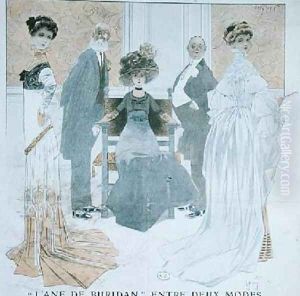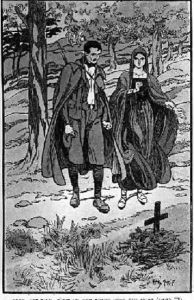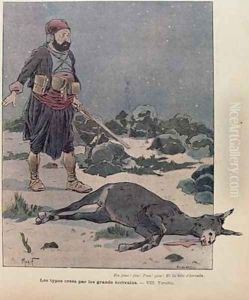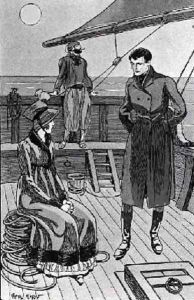Henry Morin Paintings
Henry Morin was a French artist and illustrator born on March 17, 1858, in Pessac, Gironde. He was known for his expertise in the graphic arts and was particularly recognized for his work in lithography and etching. Morin's illustrations often graced the pages of popular 19th-century and early 20th-century French magazines and books, reflecting the interests and aesthetics of the Belle Époque.
Morin trained at the École des Beaux-Arts in Paris, where he was a student of the acclaimed artists Léon Bonnat and Fernand Cormon, both of whom were influential figures in the academic art world of France during that time. Under their guidance, Morin honed his skills and developed a style that combined realism with a certain degree of decorative flair, a hallmark of the period.
Throughout his career, Morin received several commissions for illustrations, contributing to works by famous authors such as Guy de Maupassant and Anatole France. His illustrations provided a visual complement to the literary content, often capturing the nuances of the narrative through detailed and expressive imagery.
Morin was also active in the production of posters and other forms of graphic design, where his keen sense of composition and color came to the fore. Despite his success in these areas, he remained relatively less known in comparison to his contemporaries like Toulouse-Lautrec or Jules Chéret, who were also prominent figures in the world of French poster art.
In addition to his illustration work, Morin produced a number of fine art prints and exhibited at various salons and galleries. His works were often characterized by a sense of elegance and a fine attention to detail, reflecting the sophisticated tastes of his era.
Henry Morin's contributions to the arts were part of the broader developments in French art at the turn of the century, which saw a blend of traditional techniques with new, more modern sensibilities. He passed away on November 1, 1929, leaving behind a legacy of artistic works that capture the spirit of his time.



